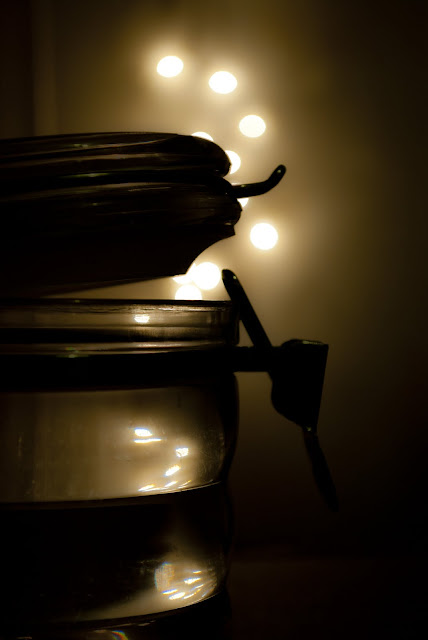Landscape Photography is intended to depict the space and nature of the world and the environment in its vastness.
Our assignment brief was to find a painting that we admire and attempt to replicate the scene photographically. The artists whose work we chose to replicate are Georges Seurat, Claude Monet and De Cort, all of which have different painting styles but all have landscape paintings.
 |
| Georges Seurat's 'Femmes au bord de l'eau' - Jenny - f/29 1/25s ISO 200 I have always remembered the series of Seurat paintings that depict people enjoying themselves on a river bank ever since I saw when visiting art galleries when I younger. So when I saw this landscape with someone relaxing by the lake I thought that it would be the perfect opportunity to recreate one of his paintings. I felt he whole scene captured the same feelings as one particular painting 'Femmes au bord de l'eau' and by flipping the original image horizontally i was even able to get the layout of the image to match up almost perfectly with the painting, with the tree, person and bank on the right, and lake on the left. Also coincidently the two people people sitting on the bank just happen to be wearing purple, visually highlighting the connection between the two images further. see Georges Seurat's painting here... |
 |
| Claude Monet's 'The Water Lily Pond' - Jenny - F/29 1/20s ISO 200 Although Monet did a series of water lily paintings this was one of the ones that caught my eye due to the low down angle he seemed to paint the lilies from. I tried to recreate the same viewpoint when taking my photo so I held the camera close to the water when taking the shot. I also like how in his painting he has some dark vertical lines, lines which I have also created in my photo by capturing the clear reflections of some tree trunks. So it may not be Giverny, but I feel that Lake Dixie, Florida, has provided the perfect tranquil setting to capture the same calming feeling as Monet did with his painting. see Claude Monet's painting here... |
 |
| De Cort's 'View of Charlton Park' - Dan - f/320 1/320s ISO 200 This landscape photo is meant to replicate De Cort's "View of Charlton Park". I chose this to replicate this painting as the style is similar to John Constable whose paintings I like. I think I managed to capture an image of almost the identical composition, apart from the people. I feel the photo evokes a feeling of grandness and royalty. see De Cort's painting here... |














